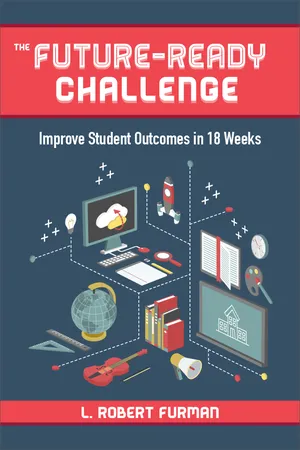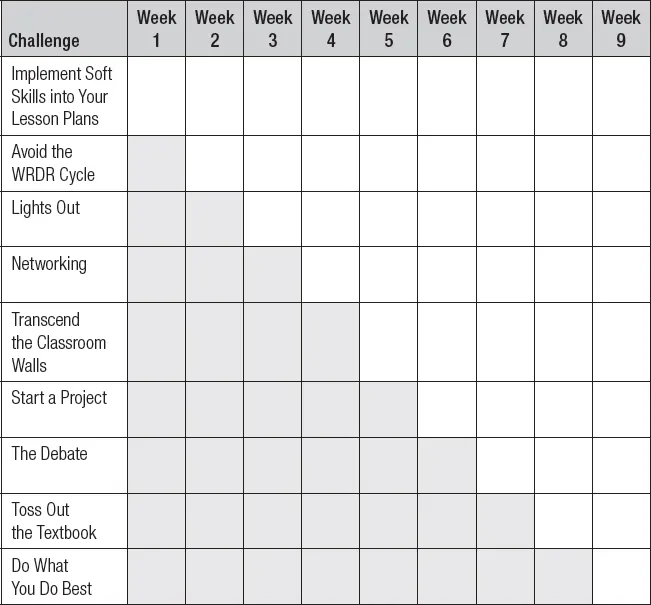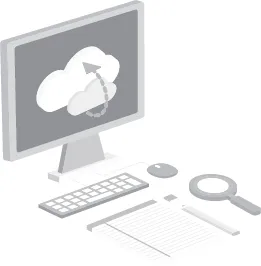
The Future-Ready Challenge
Improve Student Outcomes in 18 Weeks
- English
- ePUB (mobile friendly)
- Available on iOS & Android
About this book
With this collection of 18 easy-to-follow challenges, learn how to promote teamwork and collaboration, motivating your students to develop the skills they'll need for the future. Incorporating digital age skills into curriculum can be daunting for educators, and getting started can be the hardest part. In this book, author and education leader L. Robert Furman breaks down the process into 18 challenges so that teachers can improve student outcomes based on digital age skills and future-minded progress in a single semester.This book includes:
- Weekly step-by-step challenges designed to fill one semester.
- Case studies by leaders in the field and examples of how to implement the challenges for each grade level.
- Coverage of key topics such as digital citizenship, communication, problem-solving and integration of technology into learning.
The Future-Ready Challenge focuses on changing the classroom, your teaching style and the related procedures to increase opportunities for your students to engage in -- and most importantly, adopt -- digital age skills. Audience: K-12 classroom teachers
Frequently asked questions
- Essential is ideal for learners and professionals who enjoy exploring a wide range of subjects. Access the Essential Library with 800,000+ trusted titles and best-sellers across business, personal growth, and the humanities. Includes unlimited reading time and Standard Read Aloud voice.
- Complete: Perfect for advanced learners and researchers needing full, unrestricted access. Unlock 1.4M+ books across hundreds of subjects, including academic and specialized titles. The Complete Plan also includes advanced features like Premium Read Aloud and Research Assistant.
Please note we cannot support devices running on iOS 13 and Android 7 or earlier. Learn more about using the app.
Information

THE FUTURE-READY CHALLENGE
PART ONE
WEEKS 1–9

Worksheet 1


WEEK 1
IMPLEMENT SOFT SKILLS INTO YOUR LESSON PLANS
Challenge
Example

Suggestions
Reflection

WEEK 2
AVOID THE WRDR CYCLE
Challenge
Example
Table of contents
- Cover
- Title Page
- Copyright
- About ISTE
- About the Author
- Acknowledgments
- Dedication
- Contents
- Foreword
- INTRODUCTION
- THE FUTURE-READY CHALLENGE PART ONE WEEKS 1–9
- THE FUTURE-READY CHALLENGE PART TWO WEEKS 10–18
- REFERENCES
- ISTE STANDARDS